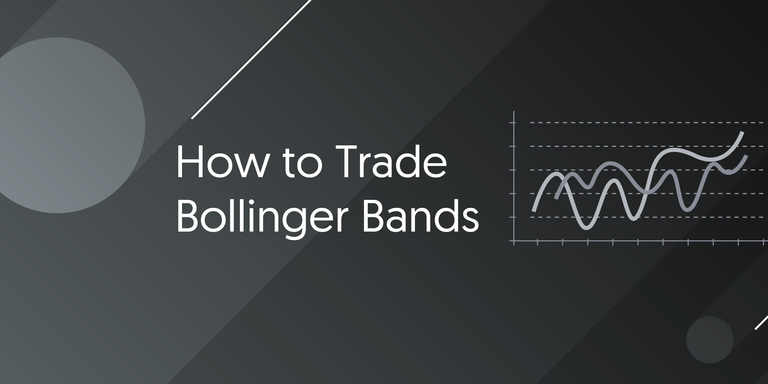
Bollinger Band is a popular technical analysis tool used by traders to define high or low on a relative basis. Developed and named after by the US-based technical analyst John Bollinger in the 1980s, this tool has become a popular option for traders trying to predict future market behaviour - critical information when longing or shorting Bitcoin for example.
Structure of Bollinger Band
In essence, Bollinger Band consists of three different lines, where one sits below and one above the asset price. The third one, called the midline or centerline, is actually a simple moving average (SMA), whose value is usually set at 20 i.e. the closing prices of the last 20 periods divided by 20.
These two outer lines expand and contract depending on the volatility of the given asset. Markets tend to trade in bullish or bearish trends, or ranging and trading sideways. Hence, one of the reasons the Bollinger Band tool was designed is to monitor the price action more closely, by trading the channel that encompasses the trading activity from both sides.
Bollinger Band shows the level of activity surrounding the asset in question like BTC or ETH. If the price action hits the upper Bollinger Band, the tool suggests that the asset is overbought and that we may see a rotation from the current levels.
On the other hand, the tag of the lower line signals that the market trades in an oversold environment and we may expect a bounce. In a strong uptrend, the price tends to trade between the centerline and the upper line, and vice versa. In this case, traders see a cross below the centerline as a signal that the trend may be reversing.
The two main goals of this indicator are to convey the market message on the volatility and to define high (resistance) or low (support) on a relative basis. When the two outer lines are contracting and narrowing down, the volatility is lower, which usually means that the market is ranging and consolidating - the so-called “Bollinger Band squeeze”.
A sharp change in the market behaviour is likely to lead towards the squeeze breakout. Some traders use this as a signal that the consolidation phase is over and the market is breaking out. In this regard, they enter trades in the direction of the breakout and use the broken line as a support/resistance.
